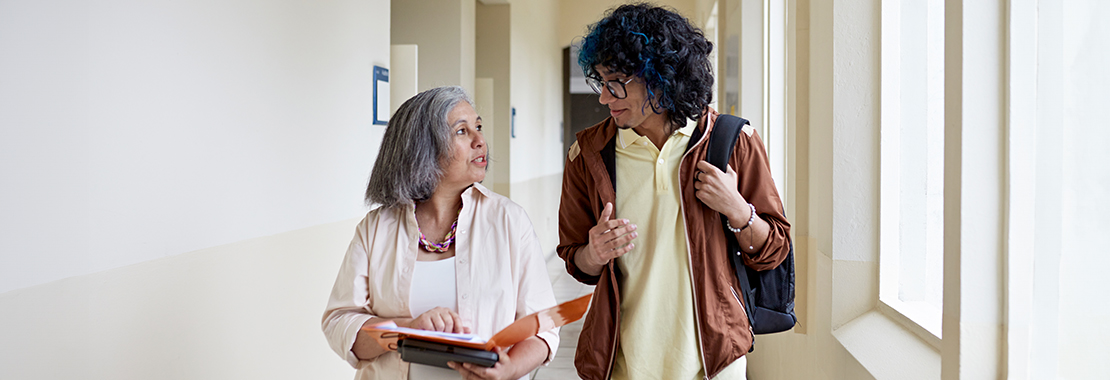We hear all too often that critical-thinking skills are essential for students. But what, specifically, are critical-thinking skills, and how can instructors better help students build them? We’re breaking down what exactly critical-thinking skills are, and offering a few critical-thinking activities to add to your course.
What is critical thinking?
According to the Paul-Elder Framework, critical thinking is “that mode of thinking—about any subject, content, or problem—in which the thinker improves the quality of [their] thinking by skillfully taking charge of the structures inherent in thinking and imposing intellectual standards upon them.” Translation: It’s about analyzing the facts from as objective as a viewpoint as possible, while minimizing personal biases.
With 69.6% of employers claiming these skills are indicative of employee success, educators need to make sure their lessons help students build critical-thinking skills.
Assessing your students’ critical-thinking skills
Assessing your students’ critical-thinking skills is just as important as fostering them. According to the Paul-Elder Critical Thinking Framework, a “well-cultivated critical thinker” can:
- Raise vital questions and problems, formulating them clearly and precisely
- Gather and assess relevant information, using abstract ideas to interpret it effectively
- Come to well-reasoned conclusions and solutions, testing them against relevant criteria and standards
- Think open-mindedly within alternative systems of thought, recognizing and assessing, as need be, their assumptions, implications, and practical consequences
- Communicate effectively with others in figuring out solutions to complex problems
Think about if your syllabus checks these boxes. If not, try incorporating some of these strategies in your course.
Strategy 1: Use reflective thinking questions
Reflective thinking involves “consideration of the larger context, the meaning, and the implications of an experience or action.” In other words, reflection doesn’t just mean jotting down what you did or plan to do. It means considering why what you did or plan to do matters. It means writing to help you better understand something. It means exploring emotions, feelings, reactions and knowledges. And, it can even mean catharsis. Think of reflection as exploring the “so what” instead of just the “what.”
Check out this resource from the Colorado Department of Education for reflective thinking questions you can include in your course.
Strategy 2: Structure class discussions thoughtfully
Building critical-thinking skills is less about finding the right answer and more about the quest to get there. That quest is the thoughtful consideration and discussion that occurs amongst the students in your course. Try not to start with just one right answer in your head when you pose a question to your class, and instead think about the questions, comments and lines of thinking that your question — and potential answers for it — will spur.
For questions you can use to get your students thinking critically, check out these Universal Intellectual Standards.
Strategy 3: Use exercises to demonstrate biases
Here’s a $5 word to pull out at pub trivia night: Pareidolia. It’s the tendency to “perceive a specific, often meaningful image in a random or ambiguous visual pattern.” In practice, it could mean something as innocuous as seeing a human face in the whorls of a tree trunk or in a grilled cheese. Or, it might mean seeing a pattern that fits within your own biases without consideration for alternative meanings.
This exercise has your students analyze videos of animals communicating to analyze how their existing biases affect their views on a topic. Or, websites like School of Thought, a nonprofit organization dedicated to “promoting critical thinking, reason and understanding,” offer recourses surrounding logical fallacies and cognitive biases. Using hands-on activities helps students bridge the gap between learning about critical thinking in the abstract and applying it through tactile experiences.
More on critical-thinking skills
To learn more about strategies for engaging your students in critical thinking exercises and beyond, check out our guide on “Getting Started with Active Learning.”

